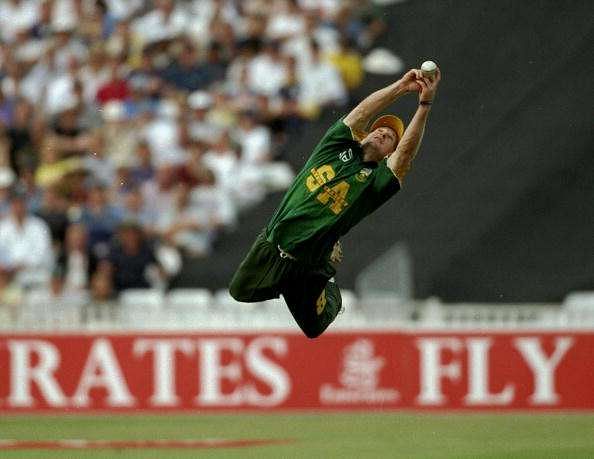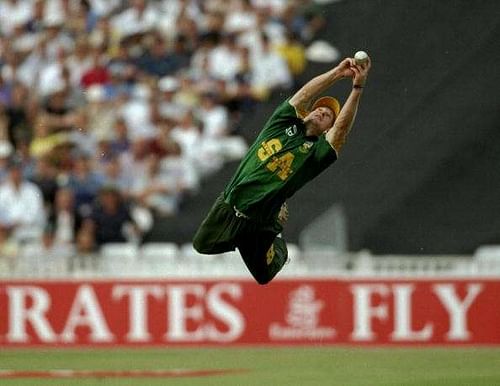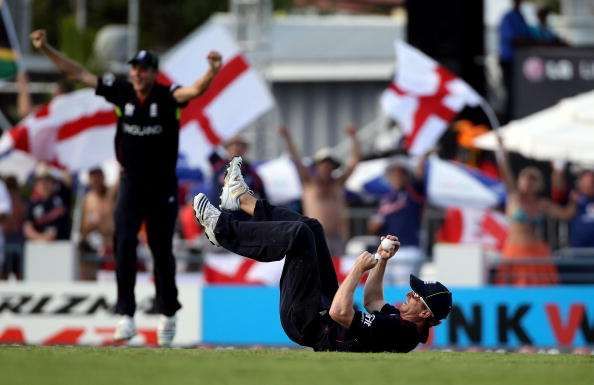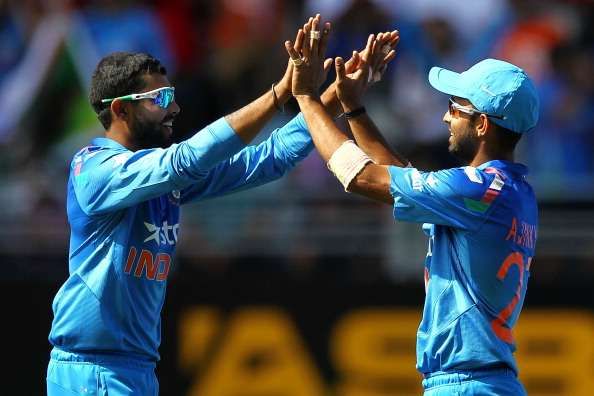
Deciphering the fielding positions in Cricket: Backward Point
The history of cricket goes back to the year 1877 when the first ever international match was played between England and Australia. Since then, the game has witnessed numerous amendments in literally every department, but the one thing that remained constant is the glossary of fielding positions.
There are several fielding positions on a cricket ground, each having a tale of its nomenclature as well as significance. These positions might look easy on the ground, but understanding the terms is a little more complex. So to make it easier, we will take a look at the different fielding positions, starting with ‘Backward Point’.
Backward point is that part of the ground which is just behind the point and finer towards gully and slips on the off side. The term ‘point’ derived its name from the phrase “near the point (direction of the face) of the bat. The point position used to be a lot closer to the batsman earlier unlike today where it is close to the 30-yard circle.
This is perhaps the most important fielding position amongst all other as most of the shots are headed towards that direction and hence the best fielder in the side is stationed there for the most part of the game. His role is to protect the boundaries as well the quick singles.
Also Read: How fielding in modern-day cricket has gone beyond the bounds of possibility
It becomes an even more vital position for the fact that there are generally no fielders deep behind the backward point. There is usually a deep point and a deep third man at the boundary and the fielder at the backward point is supposed to guard a very wide area behind him.
This position is more paramount in limited overs formats as compared to Test cricket. During the phase of the game when the fielding restrictions are on and only 2 fielders are allowed outside the inner circle, the backward point is always protected and a good fielder there can put pressure on the batsman.
The backward point comes into play when the batsman plays the cut shot off the back foot mostly against the fast bowler using the extra pace. Especially if the pitch has some bounce on offer, cuts or even the dabs for quick singles are directed towards it.
Best fielder at Backward Point
For ardent cricket fans, the backward point would always remind them the name of Jonty Rhodes. The South African with the agility and acrobatics, literally made that position his own. He was the one who taught the cricketing fraternity about the importance of fielding.
He was like a deer in the field, always fast and flexible. He hardly ever allowed any ball to edge past him and used to pounce on everything directed towards him. Most players are strong with either the right hand or the left hand, but the best thing about Jonty was that he was equally good with both hands.
Following his lead, the teams around the world began to put stress on the value of fielding in the game. After him, many great fielders emerged from across the globe but no one has been able to match the skills that he possessed till date.
Most memorable moment of the fielding position
The most famous moment of Jonty Rhodes at the backward point came in the ODI World Cup in 1992 when he ran Inzamam-ul-Haq out by sprinting all the way from his fielding position. Inzamam failed to connect, the ball hit his pads and went towards Jonty. The Pakistani batsman, without two thoughts, started running, but the batsman at the non-striker’s end refused to take the run and Inzamam had to track back.
The batsman had hardly half the pitch to return back to the crease and Jonty picked up the ball from backward point and ran like a lightning towards the stumps and dived full length completely off the ground and dismantled all the three stumps. Inzamam could not complete even 5 steps back to the crease where Jonty sprinted from the edge of the circle to the stumps.
After Jonty, there have been numerous fielders who made the backward point position their own. Ricky Ponting for Australia, Yuvraj Singh for India and Paul Collingwood for England were amongst the most recent bunch of fielders who used to guard the crucial backward point region.
Best Indian fielders at Backward Point
The revolution in fielding in Indian cricket arrived with the introduction of Yuvraj Singh and Mohammad Kaif. Before them, the Indian team wasn’t known for its fielding at all. Both were pretty agile in the field and inflicted some wonderful run outs and catches that were unheard of in the Indian Cricket circuit. Both were very sharp in the field and one of them was always present at the backward point.
With recent developments in Indian cricket, fielding has witnessed a marked improvement with players like Virat Kohli, Ravindra Jadeja, Ajinkya Rahane and Suresh Raina et al rising to the point that they are considered one of the best firelders in the world.


